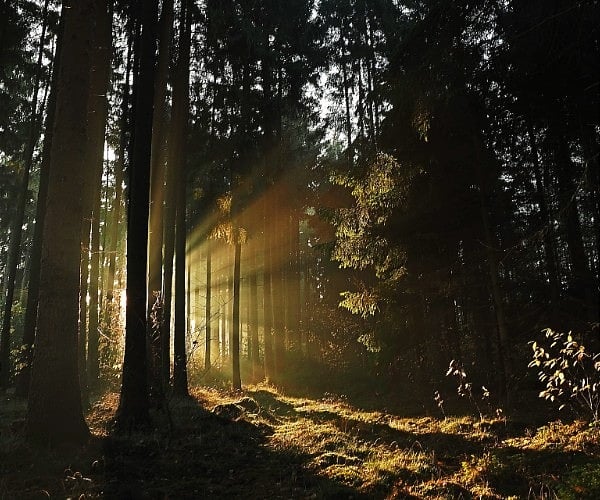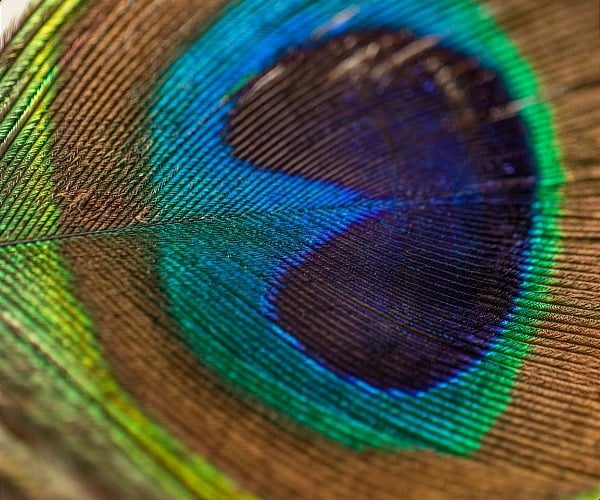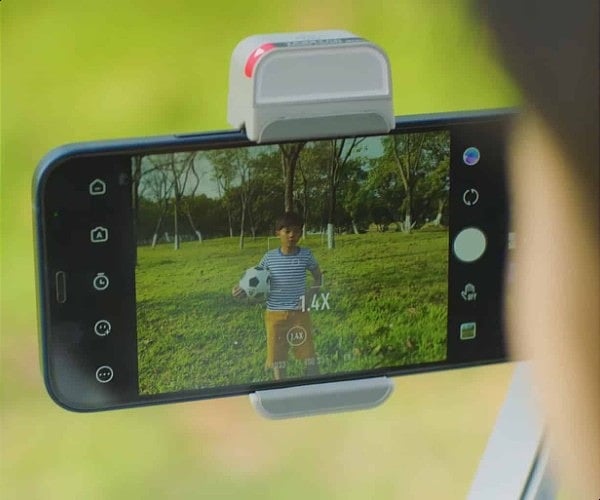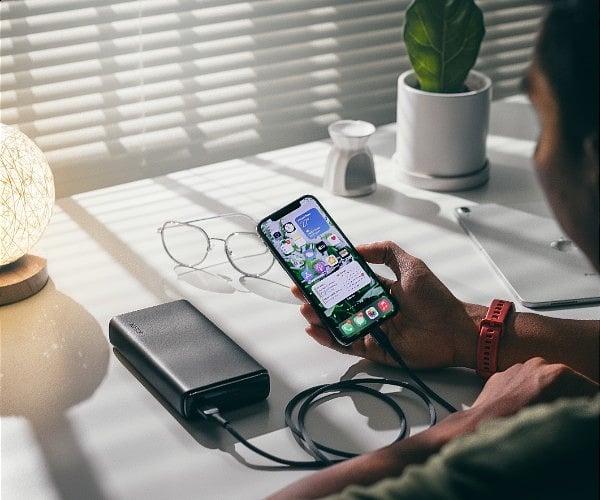10 top tips for making award-winning films with your smartphone
Today marks Global Movie Day, which was established to celebrate our favourite films, and sits alongside the Oscars. And with smartphones driving the digital world, the film industry is also taking notice of how phones can capture award-winning videos.
As early as 2011, movies like “Olive” which was created on a Nokia N8 smartphone were Oscar contenders; while BAFTA recognised a short film Missed Call shot on iPhone X. More recently oscar-winning filmmaker, Charlie Kaufman shot a short film called Jackals and Fireflies, using Samsung’s Galaxy S22 Ultra smartphone.
Every year on the second Saturday of February, people share their excitement over movies with the hashtag #GlobalMovieDay and you can join in too, with inspiration from gimbal and lighting manufacturer Zhiyun. The firm recently launched its Make It Real short film collection and here outlines 10 must-try tips on taking better smartphone films.
Bring subject and scene to life with natural lighting
Lighting the subject and the scene is everything. This does several things, like drawing the viewer’s attention, establishing the mood, and also ensuring the audience can see what you want them to see. You can do that either using natural light or by creating a basic lighting setup that illuminates your subject sufficiently. Take a test shot after your frame is set to determine how it looks on camera.

The easiest lighting option is to use the sun; both powerful and free. Letting the sun illuminate your subjects provides a beautiful, even light that helps hide blemishes and brings out the colours in their eyes. However, the sun isn’t always available, whether hidden behind a cloud or shooting in the dark, so film makers should use whatever light is accessible to capture the most flattering shots. Shooting on cloudy days or in the shade or using a very sheer white curtain can help soften sunlight if it’s too harsh.
Use LED lighting in indoor and low light set ups
There are key lighting don’ts to avoid if you want the best possible shot of subject and backdrop. While the sun is an awesome tool to illuminate your subject, it can cause unwanted shadows. Ensure your back is to the sun to avoid your subject ending up as a silhouette. On the topic of lighting your subject, avoid heavily backlit-settings. Smartphone cameras without advanced HDR capabilities usually can’t see the same detail that the naked eye can and in playback, will output footage with a bright light haloing a dark figure with often no discernable features. To avoid this situation, try configuring a basic light setup.
If you don’t have access to natural light, it may be tempting to use bright LED flash from a phone. However, this can result in overexposed images and washed-out colours and should be avoided. As an alternative, use some fill lights that are designed to render colours faithfully.
Finally, avoid mixing all your light sources. When setting up video lighting, fight the urge to use everything you have. Using competing colour temperatures (think: warm light from a lamp combined with cool sunlight) isn’t ideal as your camera will try to adjust to the new white balances. As a solution, daylight colour bulbs (5,000-6,000K) are available but when in doubt, stick with natural lighting.
Focus on the detail
Think about your story telling. What do you want to portray and how could that be done through imagery that adds interest and depth to your narrative?

For instance, as well as light, our eyes are drawn to reflections. Look for opportunities to play with them in videos such as puddles, larger bodies of water, mirrors, sunglasses, drinking glasses, and metallic surfaces are just a few. Elsewhere, close-up images that capture small, intricate, and delicate details can add interest to scenes. Explore textures and patterns like peeling paint, rough tree bark, a serrated rooftop or a dirt road.
Change up how you frame each shot
Placement of your subject in a film is important. Completely fill the frame with your subject or for added interest film them slightly off-centre to create a more visually interesting scene. Play around and see what looks best. Let’s look at one of the most basic principles of film composition; the rule of thirds.
Picture a 3-by-3 grid laid over the field you’re filming. Instead of placing your subject right in the middle of the shot, you should place your subject along one of the lines of the grid. The points where the lines cross are particularly strong areas of visual focus, so if you can, do place important elements of the video there.
Unleash creativity with smart editing
You can edit footage directly on your phone if it already has editing software built in or by downloading an editing app. For those of you using a gimbal, there are plenty of apps with a bunch of clever effects that come with them.

The ZY Cami app for example can provide an intuitive solution for the creation and editing of video content. Why not let your imagination run wild with a 4K video recording at 60 frames per second? Alternatively, explore panorama mode to capture the beauty of landscapes. Timelapse, hyperlapse, and motion lapse modes add dimensions and perspectives to your movie.
Accessorise with add-on lenses
There are so many great accessories available now in smartphone video kits which can enhance your footage with new effects.
Add-on lenses are a great place to start. A filtered lens will give a tint to the scene, and incite a certain emotional response from your audience. Certain add-on lenses can bring cinematic depth of field to your shooting, others can create a fishbowl effect, which is often used in action sport filming like skateboard videos.
Stabilise your shots
A gimbal is essential for smartphone filmmaking and essential to avoiding shaky footage that looks amateurish and disorienting and will take hours to correct in post-production.
The gimbal head is an accessory you can purchase to add to your tripod, giving you the ability to move the camera around the scene while maintaining that necessary stability. The grip rig is slightly different as it is a handheld accessory with a similar purpose—stabilise the image. This type of device may be better suited for videos that require a lot of movement or action.
For example the SMOOTH 5S gimbal has helped filmmakers simplify their shooting and unleash their creativity, especially for small teams with limited budget. You can also find more film inspiration to help you create here.
Create cinematic sound
Sound is crucial if you want to keep your audience engaged. There are many options allowing you to capture quality audio externally for your smartphone footage. The simple addition of an audio recorder, boom mic, and even wireless microphones can make a huge difference to sound quality.
Audio recording devices can pick up every little sound, even an air conditioning unit or a train in the distance. With this in mind, as well as audio enhancing tools, pay attention to the locations where you are shooting. Locations with high background noise such as train stations will mean you have to deal with train and announcements noise. When indoors, check for echo and reverberation from the hard surfaces or other distracting sounds.
Bring extra charging power
Be aware that your smartphone battery is not going to last for a full feature film– especially if you’re spending hours shooting footage. The last thing that you want is your phone dying in the middle of a crucial scene.

Before filming, ensure that your phone is fully charged. Pack a backup charger, preferably a wireless one to allow yourself to continue filming even if your battery starts to get low.
Back it up
Always back up your footage onto an external device just in case you lose the movie saved to your smartphone. Simply use an external memory card or upload your film to your computer and create a copy of everything for extra assurance. An external memory card will also give you extra storage space if your phone is short on it.
Did you enjoy this article?
Receive similar content direct to your inbox.


Wow! We can all be film directors now. It is amazing that technology can give us such powers.
I can see that battery power could be the real limitation on shooting. It always seems to me that once you get into the 2nd year of your phone’s contract battery power begins to diminish. I can see that an external charger would be essential.
Reading this has been an eye-opener for me. I never knew you could achieve so much with a humble phone.
Thank you for the insights. I am a smartphone camera user, and love to tell stories through my photos and videos. My next investment would surely be a Gimbal now.